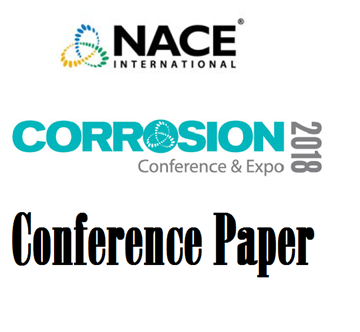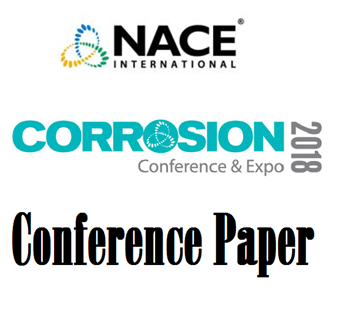Search
51318-10535-Corrosion of Fire Sprinkler Piping in Untreated Pond Water under Nitrogen
Also Purchased
51318-10544-Cathodic Protection, Coatings that Shield Cathodic Protection, Stress Corrosion Cracking and Corrosion Assessment in Aging Coated Pipe Lines and Buried Utility Structures
Product Number:
51318-10544-SG
Publication Date:
2018
$20.00
51318-10487-Evaluation of Coating Systems to Address Pitting Corrosion of 316 Stainless Steel for Offshore
Product Number:
51318-10487-SG
Publication Date:
2018
$20.00
51318-10466-Internal Corrosion Asset Preservation Methodolgy - Case Study
Product Number:
51318-10466-SG
Publication Date:
2018
$20.00




